The typical population range for a honey bee colony is between 20,000 to 80,000 bees. However, the population size can vary depending on the season, climate, and the size of the hive. According to Beekeeping 101, a healthy honeybee colony can range from 10,000 to 60,000 worker bees at any given time.. The Arabian Dwarf Honeybees are open nesting insects, and do not stay in man-made hives for extensive periods of time, which is essential for beekeeping (Si, 2013, Beekeepers Association, n.d.

Respondents' hive preference and honeybee colony holding size Download Table
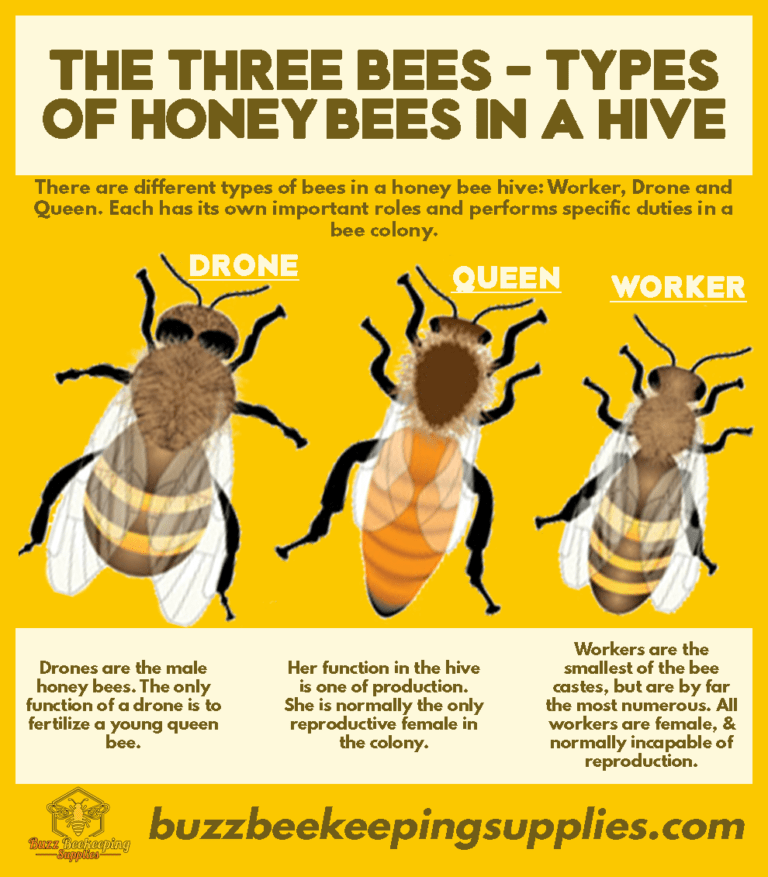
The Three Bees Types of honey bees in a hive Buzz Beekeeping Supplies
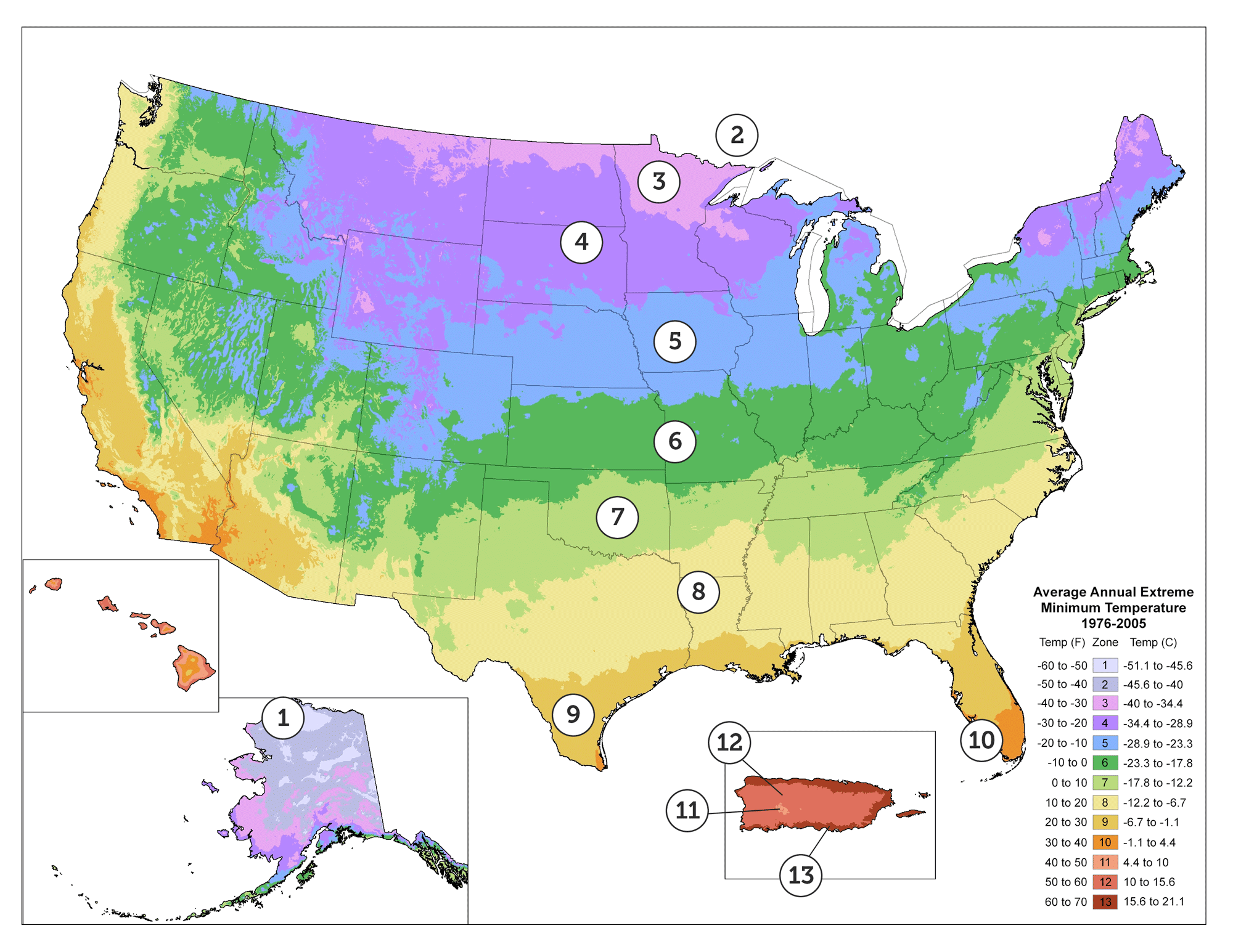
USDA Plant Hardiness Zone Map Of The Us
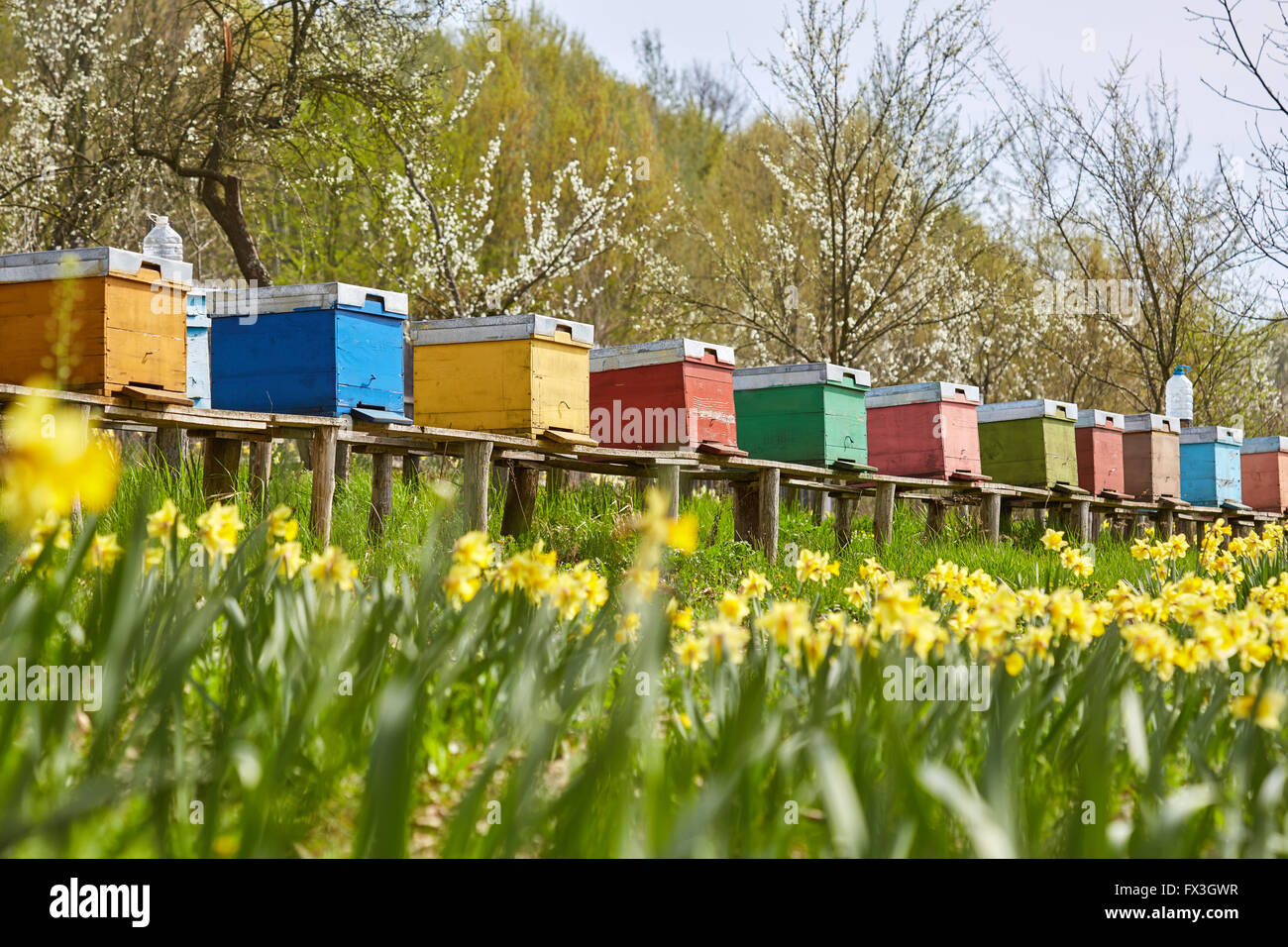
A row of bee hives in a field of flowers with an orchard behind Stock Photo Alamy

Colorful Hives with Bees on a Meadow in an Idyllic Mountain Region Pollinating the Blossoming

Honey Bee Hives and Flowers in Nature Stock Image Image of wings, queen 116459923
I made a guide for an optimal Bee House / Hive layout with 16 flowers r/StardewValley
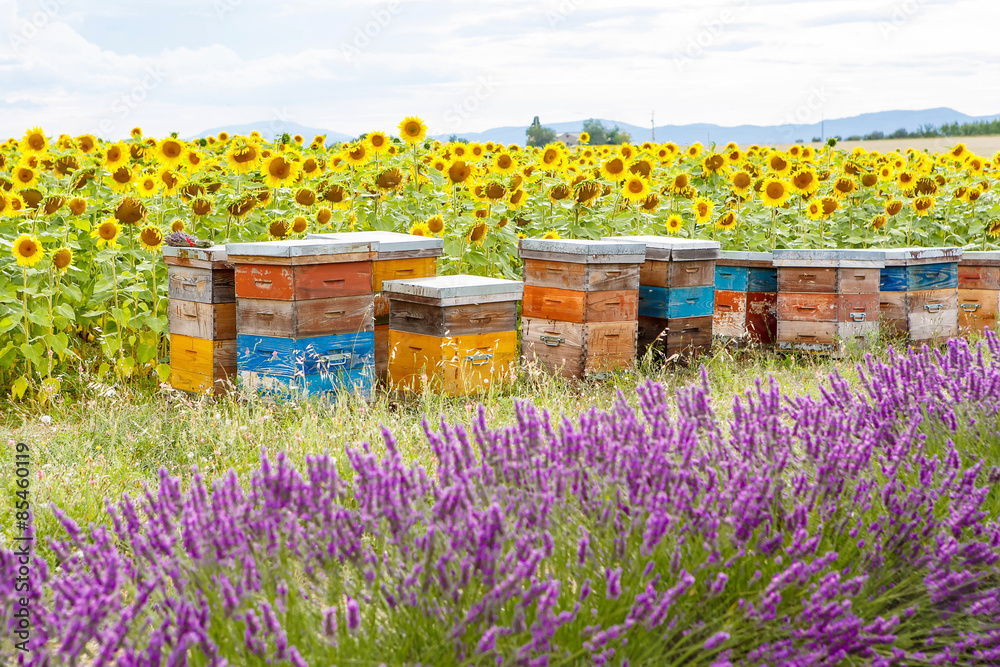
Bee hives on lavender fields, near Valensole, Provence. Stock Photo Adobe Stock
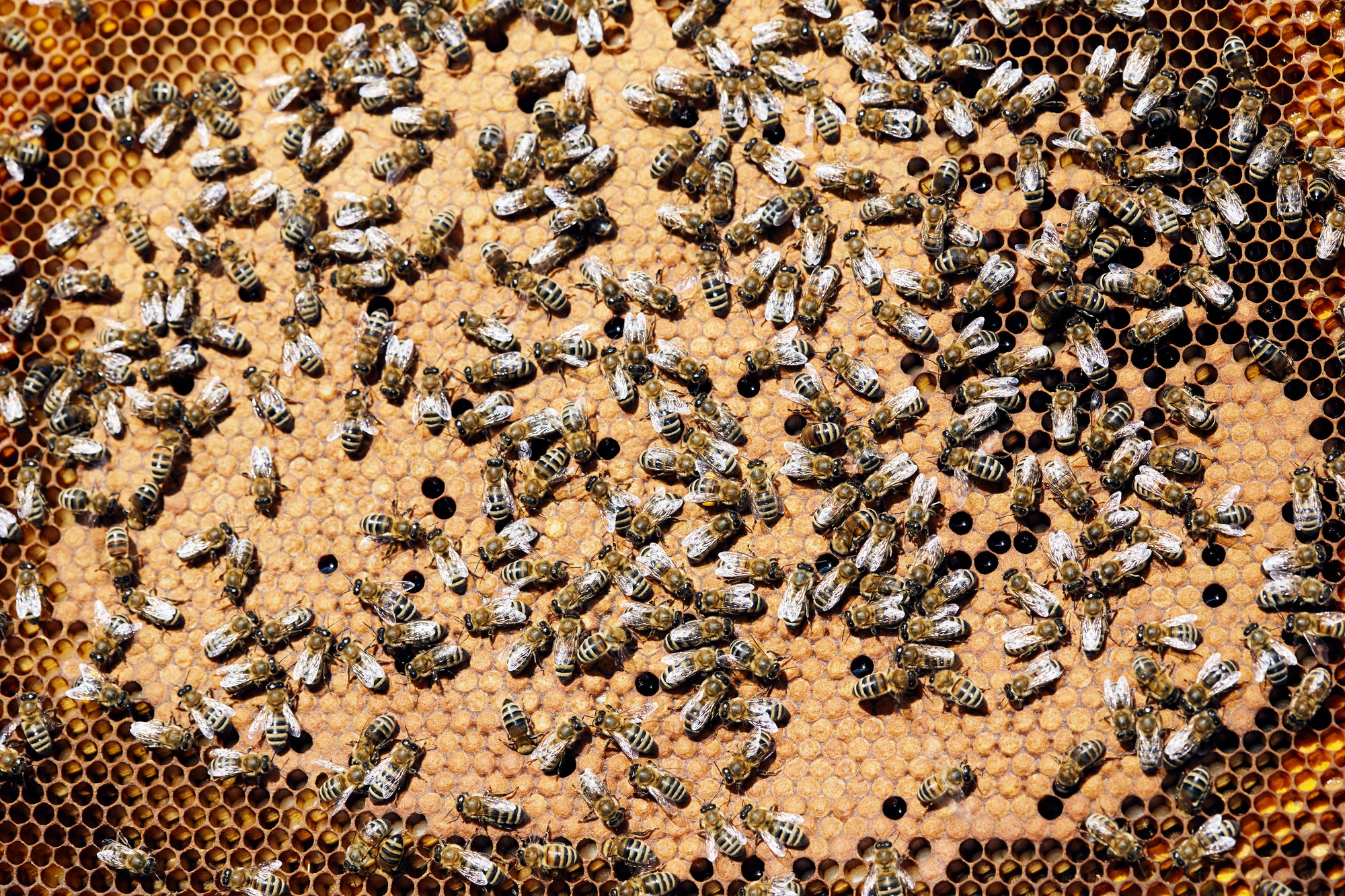
Hive Monitoring Townsville & District Beekeepers Association

An Introduction to Beekeeping Backyard bee, Bee facts, Bee keeping

Bee Hives among Flowering Almond Trees in Orchard Stock Image Image of spring, flowering

Biodiversity of the bee population critical for ecosystems INSIGHTSIAS Simplifying UPSC IAS

New Hives on Apiary in Spring in April Near Flowering Trees. Apiary with Uteruses for Artificial

Apiary in the Flowering Garden. Homemade Hives Stock Photo Image of garden, beehive 153282990

Modern bee farming(how the cab hive works) KAAA

Guide to bee hive types Learn the essential differences Bees4life

Beehive Entrances According to Honeybees Beecentric Hive

Variation in the weight of the hives during the sunflower flowering... Download Scientific Diagram

Hive Structure Dorchester and Weymouth Bee Keepers Association
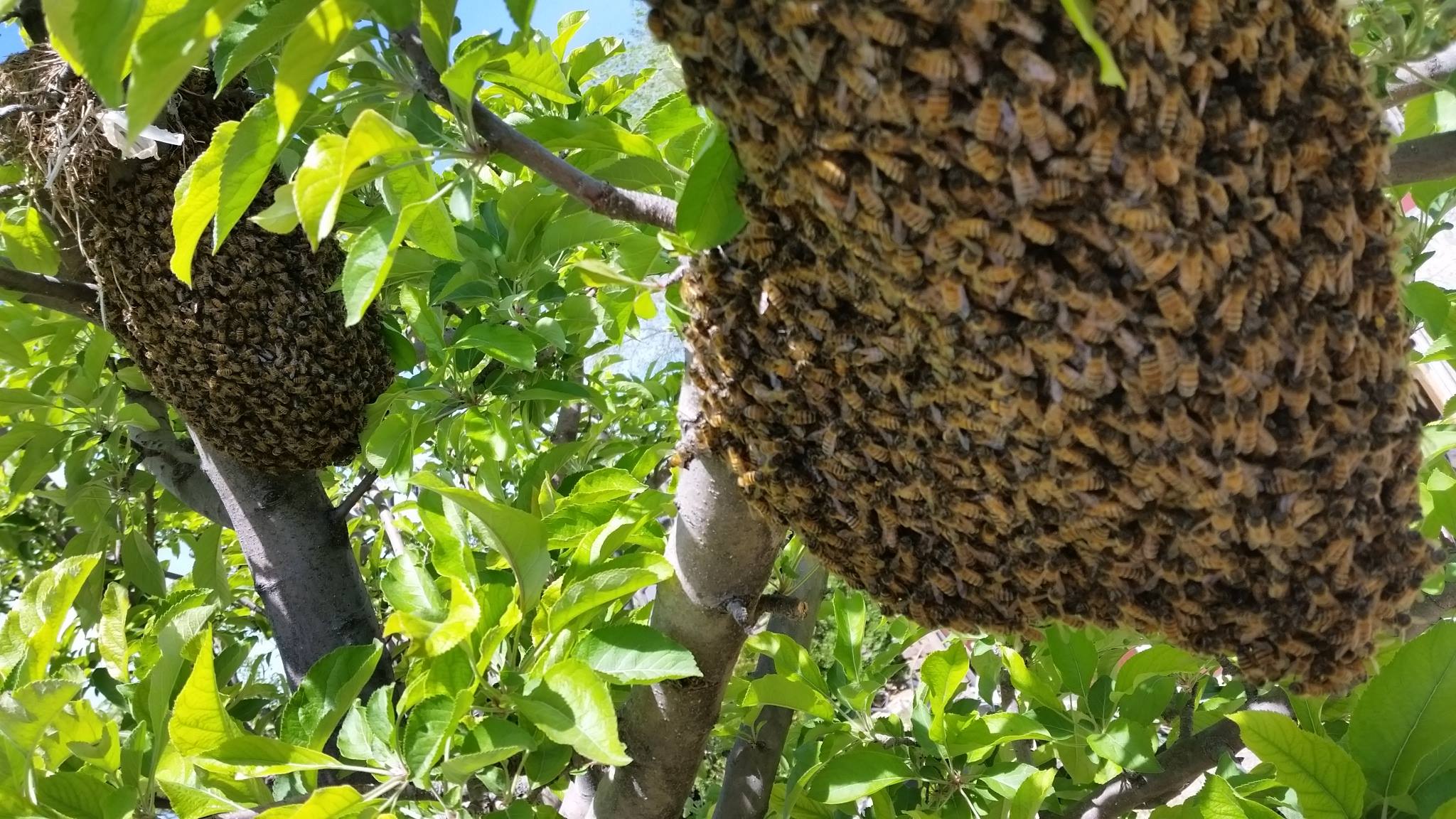
Bee season Balls of bees in trees, swarms; what you need to know St News
Hardiness zones: 4-8 (USDA) 2. Black willow (Salix nigra): When bees emerge from winter, willow trees are an early source of pollen and nectar in the spring. As such, beekeepers often plant these trees close to their honey bee hives. Willow trees are well-suited to wet locations with full sun.. 3. Honey production: Bees utilize the nutrition from hive feeders to produce honey, a valuable resource for beekeepers and a natural sweetener for humans. Types of hive feeders: 1. Top feeders: Placed directly above the hive's inner cover, they have a large capacity and are convenient for beekeepers to refill. 2.